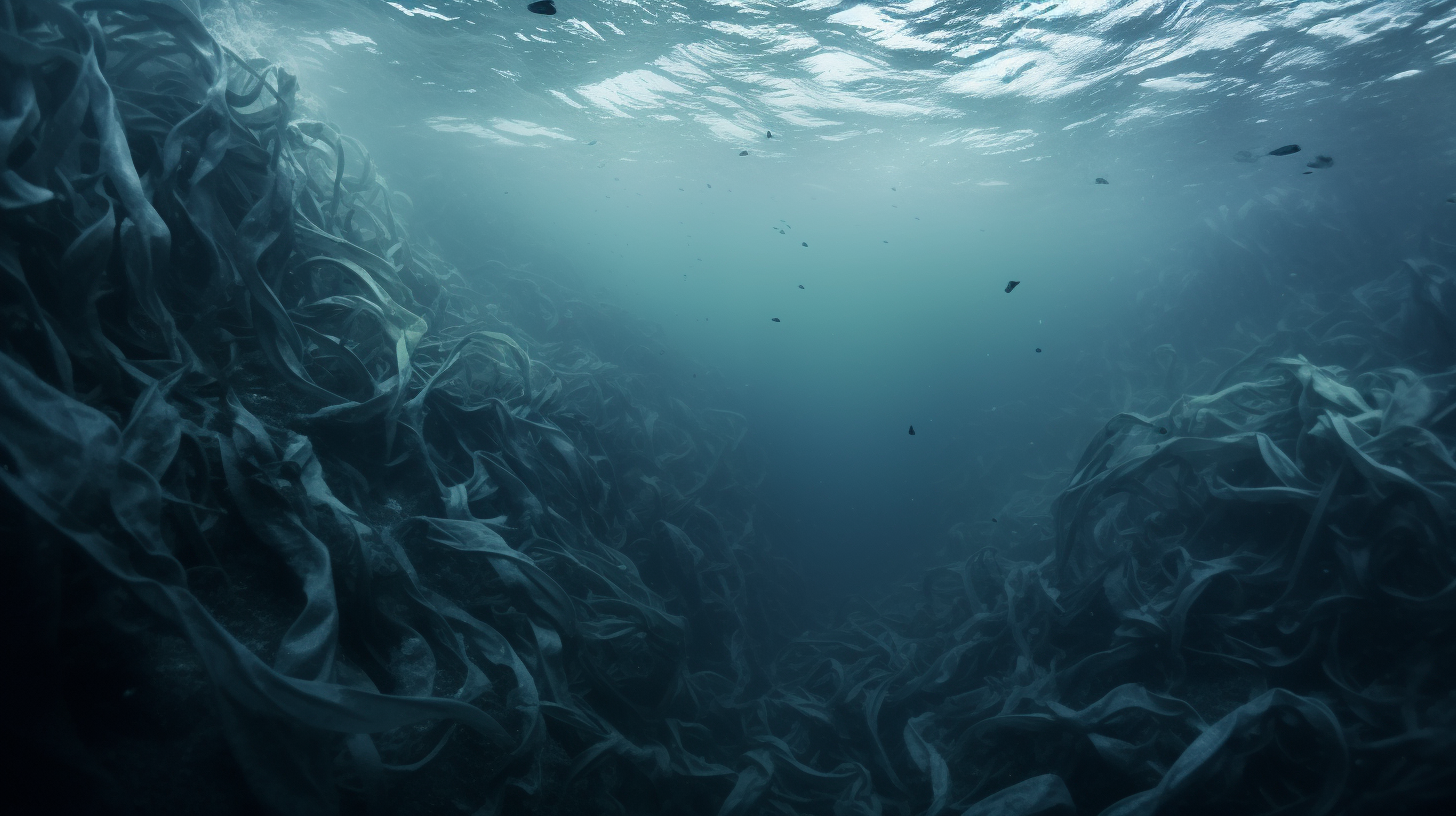In the world of our new dark ecological reality, exploring the melancholic beauty of our oceans has become less about what we see and more about what we hear. The marine soundscape is an elegy; a once-vibrant symphony of life reduced to a few isolated whispers as the sea creatures straddle the brink in silent seas.
The Ocean’s Eerie Silence
The muting of the ocean is not without cause—our relentless pursuit of industrial progress, accompanied by climate change, has crafted a new undersea world. A place where the cacophony of shipping lines and sonar no longer drowns out the calls of the deep. Ironically, it is the catastrophic environmental consequences that have quelled the mechanical clamor, leaving room for the ocean’s natural soundtrack to echo into the void.
However, instead of a restoration of marine life, we find an eerie silence—a testament to the many species lost to the voracious appetite of human activities and climate calamity. The dwindling numbers fail to stir the waters with their acoustic presence, and the song of the ocean has become a ghostly murmur.
Whispering Waves and Fading Fins
In earlier times, the marine realm buzzed with the rhapsodies of underwater communication. Fish orchestrated their existence through clicks, chirps, and pulses. Marine mammals, like the whales of yore, composed long-range ballads that would travel thousands of kilometers. Now, these once-ubiquitous sounds have become sparse and are a rare luxury to the field researchers who study them. What was once a chorus is now a solo act, with surviving sea life adapting to a lonelier existence or perishing in silence.
Even in this muted world, one can trace the hints of resilience. Take the whispered songs of remaining whale pods that, despite the ‘Silent Oceans’, manage to communicate, to find one another amidst the expansive and desolate blues. Their conversation, a poignant reminder of what once was, carries with it the heavy burden of trying to navigate and survive in a barren soundscape.
Soundscapes as Scientific Tools
Scientists have sought to use these vestiges of acoustic life not just as a measure of environmental health, but to piece together the puzzle of marine ecology in a world that has shifted past the tipping point. Employing advanced audio recording techniques, they strain to catch even the faintest whisper—a crucial component in understanding the adaptability and the agony of marine creatures as they adjust to the starkness of their habitat.
These oceanic archives offer a glimpse into the profound depths of water, now graves to myriad species that succumbed to the ravages of our neglect. Soundscapes are no longer just scientific curiosities but have become digital memorials, chronicling the loss and the relentless change sweeping the underwater world.
Conclusion
In the absence of reverberating propellers and clanking hulls, the splendor of the ocean’s natural acoustics should have been restored. Instead, we encounter a ghostly silence, punctuated by desultory whispers, a reflection of the once abundant life ebbing away. As we trace the soundscapes of the silent seas, we experience the gravitas of what we have surrendered in the name of progress and what we are desperate to save in the barren present.
The ethereal melodies weave cautionary tales, not for the protagonists of the ocean’s saga – for they have already played their part – but for us, the audience, who remains behind to face the consequences of our own narrative in this dystopian amphitheater of waves. There is a lesson in the hollow sound of water caressing the empty ocean floor: we are wayfarers of a world that whispers warnings through the remnants of its ancient rhythms—will we listen?
